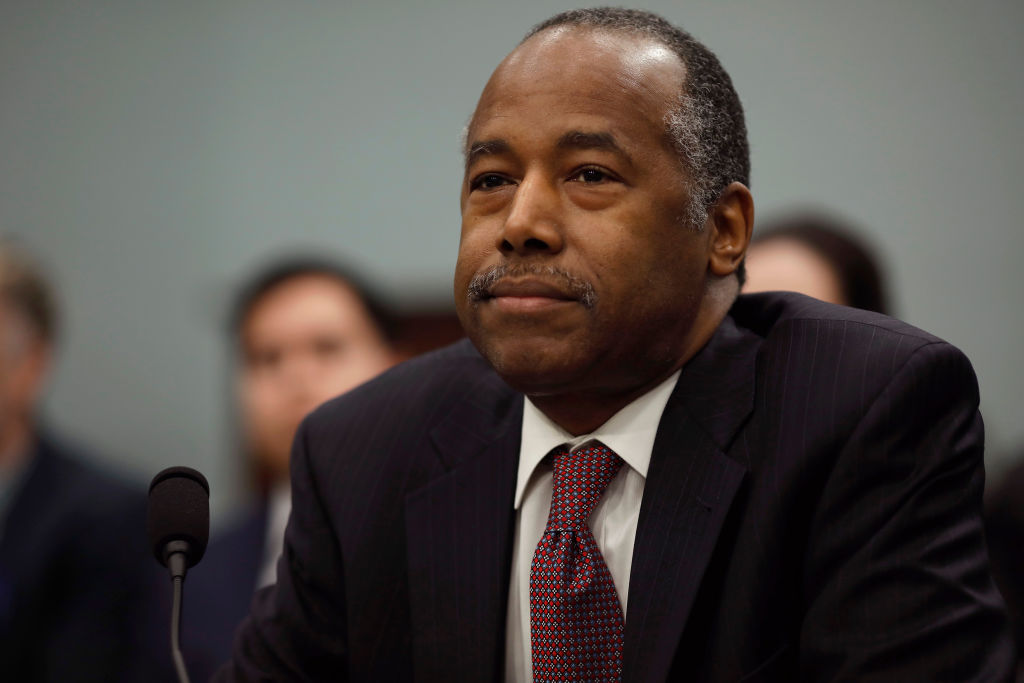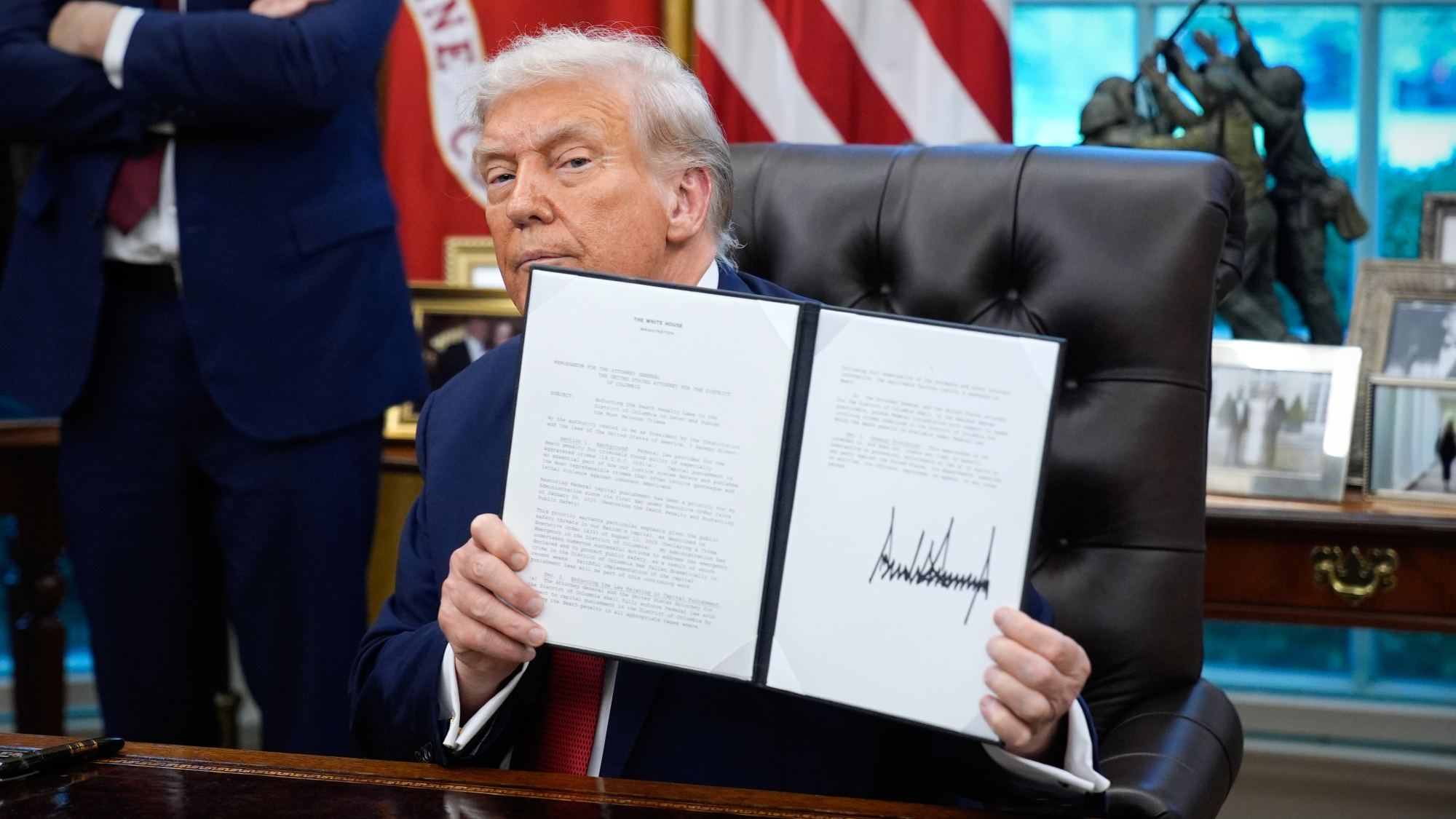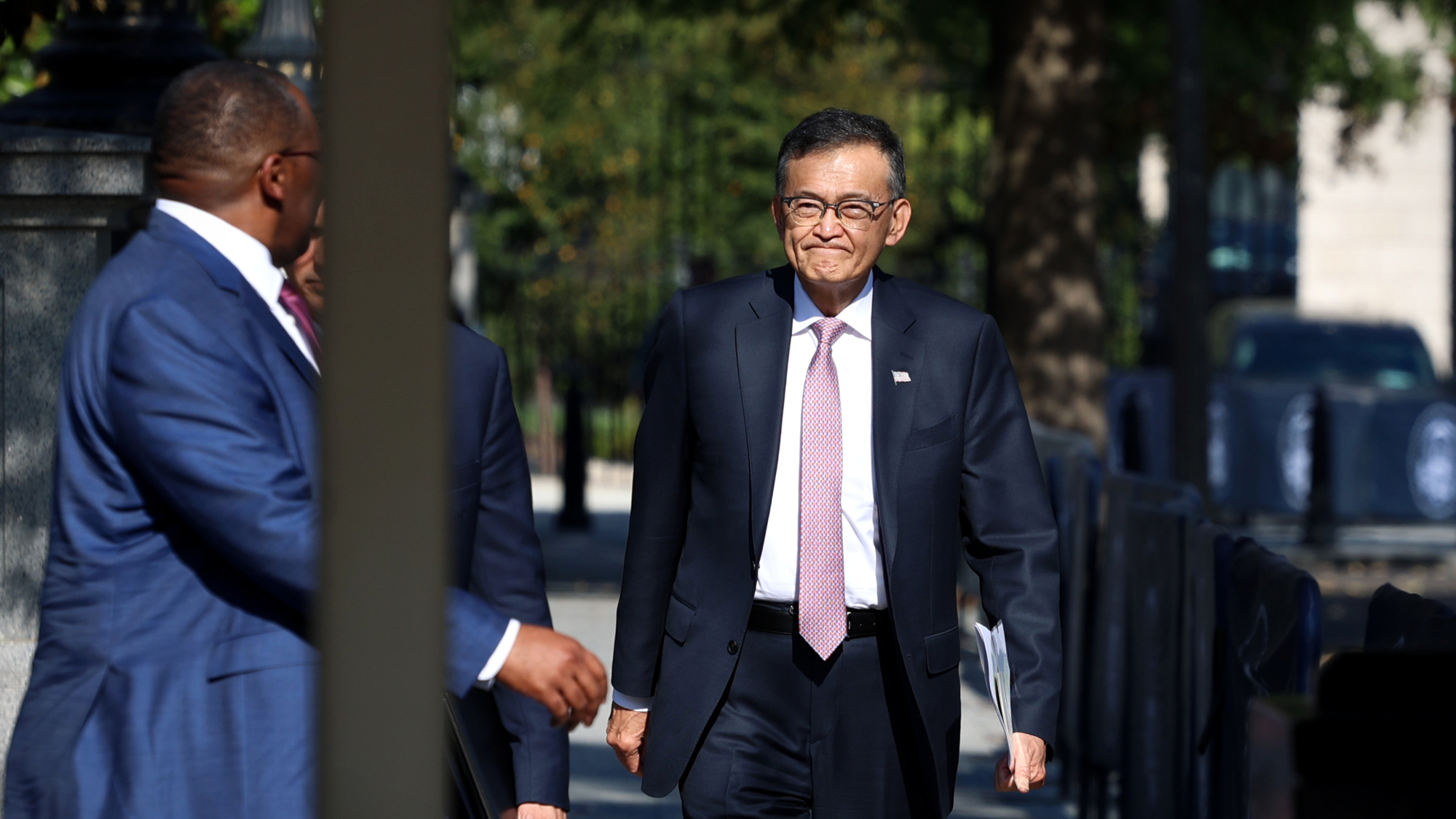Ben Carson's HUD housing proposal would raise rents on poor families by 20 percent, analysis finds


Housing and Urban Development Secretary Ben Carson's proposed "Make Affordable Housing Work Act" would raise annual rents for low-income households in America's 100 largest metro areas by roughly 20 percent, affecting about 4 million households and 8.3 million people, more than 3 million of them children, The Associated Press reports, citing an analysis by the Center on Budget and Policy Priorities. Carson unveiled the plan in late April, and he recently told Fox News that the proposal is "our attempt to give poor people a way out of poverty," on the theory that charging more for rent will encourage people in low-income housing to find work.
But many people in public housing already work at least one job. In most cities, housing costs are rising much faster than wages, and for many families, the alternative to public housing isn't a job but homelessness. "There's no evidence that raising rents causes people to work more," said Will Fischer, a senior policy analyst at the Center on Budget and Policy Priorities. "For most of these rent increases, I don't think there's even a plausible theory for why they would encourage work."
The proposal, which requires congressional approval, would require low-income tenants to pay 35 percent of income in rent instead of 30 percent, triple the minimum rent to $150, and eliminate deductions for medical care, child care, and children in the home. An estimated 314,000 households would no longer be considered elderly or disabled, making them eligible for the sharp rent increases, too. You can read more at The Associated Press.
The Week
Escape your echo chamber. Get the facts behind the news, plus analysis from multiple perspectives.

Sign up for The Week's Free Newsletters
From our morning news briefing to a weekly Good News Newsletter, get the best of The Week delivered directly to your inbox.
From our morning news briefing to a weekly Good News Newsletter, get the best of The Week delivered directly to your inbox.
A free daily email with the biggest news stories of the day – and the best features from TheWeek.com
Peter has worked as a news and culture writer and editor at The Week since the site's launch in 2008. He covers politics, world affairs, religion and cultural currents. His journalism career began as a copy editor at a financial newswire and has included editorial positions at The New York Times Magazine, Facts on File, and Oregon State University.
-
 How drones have detected a deadly threat to Arctic whales
How drones have detected a deadly threat to Arctic whalesUnder the radar Monitoring the sea in the air
-
 A running list of the US government figures Donald Trump has pardoned
A running list of the US government figures Donald Trump has pardonedin depth Clearing the slate for his favorite elected officials
-
 Ski town strikers fight rising cost of living
Ski town strikers fight rising cost of livingThe Explainer Telluride is the latest ski resort experiencing an instructor strike
-
 TikTok secures deal to remain in US
TikTok secures deal to remain in USSpeed Read ByteDance will form a US version of the popular video-sharing platform
-
 Unemployment rate ticks up amid fall job losses
Unemployment rate ticks up amid fall job lossesSpeed Read Data released by the Commerce Department indicates ‘one of the weakest American labor markets in years’
-
 US mints final penny after 232-year run
US mints final penny after 232-year runSpeed Read Production of the one-cent coin has ended
-
 Warner Bros. explores sale amid Paramount bids
Warner Bros. explores sale amid Paramount bidsSpeed Read The media giant, home to HBO and DC Studios, has received interest from multiple buying parties
-
 Gold tops $4K per ounce, signaling financial unease
Gold tops $4K per ounce, signaling financial uneaseSpeed Read Investors are worried about President Donald Trump’s trade war
-
 Electronic Arts to go private in record $55B deal
Electronic Arts to go private in record $55B dealspeed read The video game giant is behind ‘The Sims’ and ‘Madden NFL’
-
 New York court tosses Trump's $500M fraud fine
New York court tosses Trump's $500M fraud fineSpeed Read A divided appeals court threw out a hefty penalty against President Trump for fraudulently inflating his wealth
-
 Trump said to seek government stake in Intel
Trump said to seek government stake in IntelSpeed Read The president and Intel CEO Lip-Bu Tan reportedly discussed the proposal at a recent meeting
